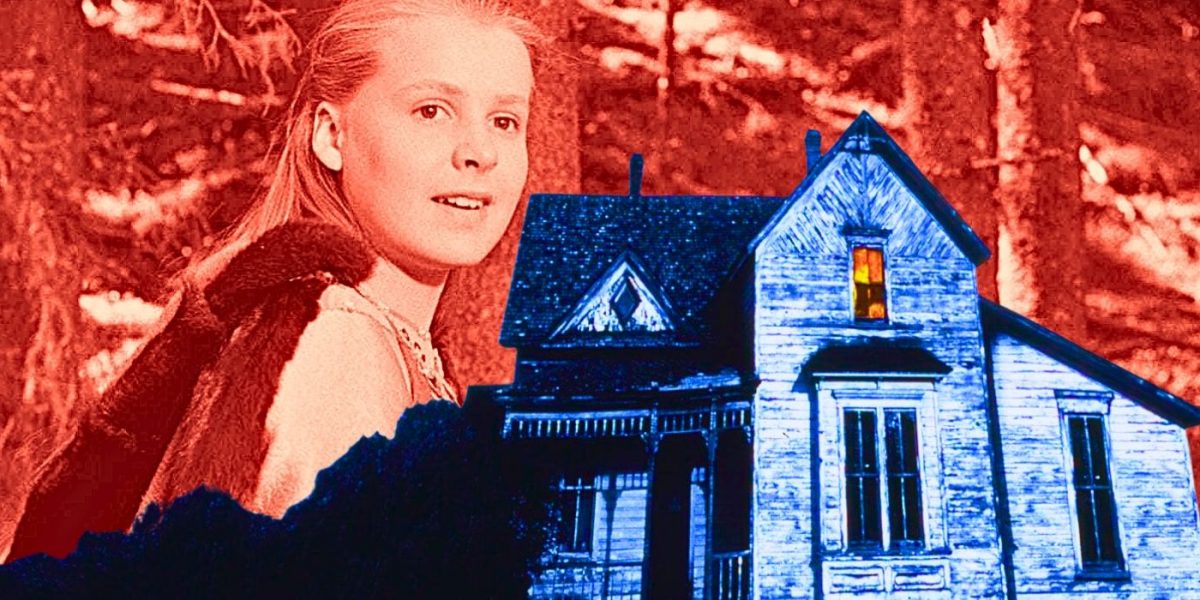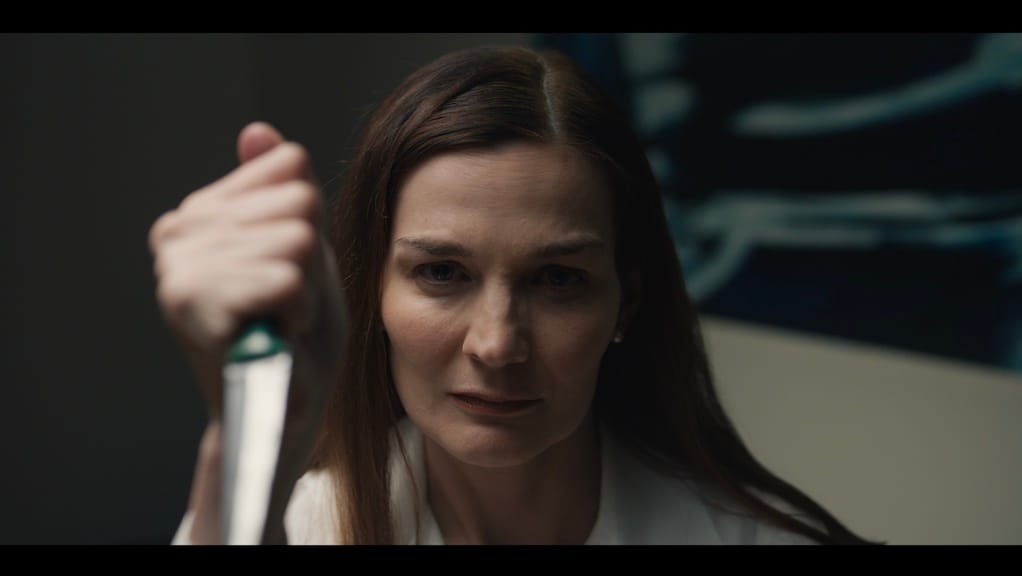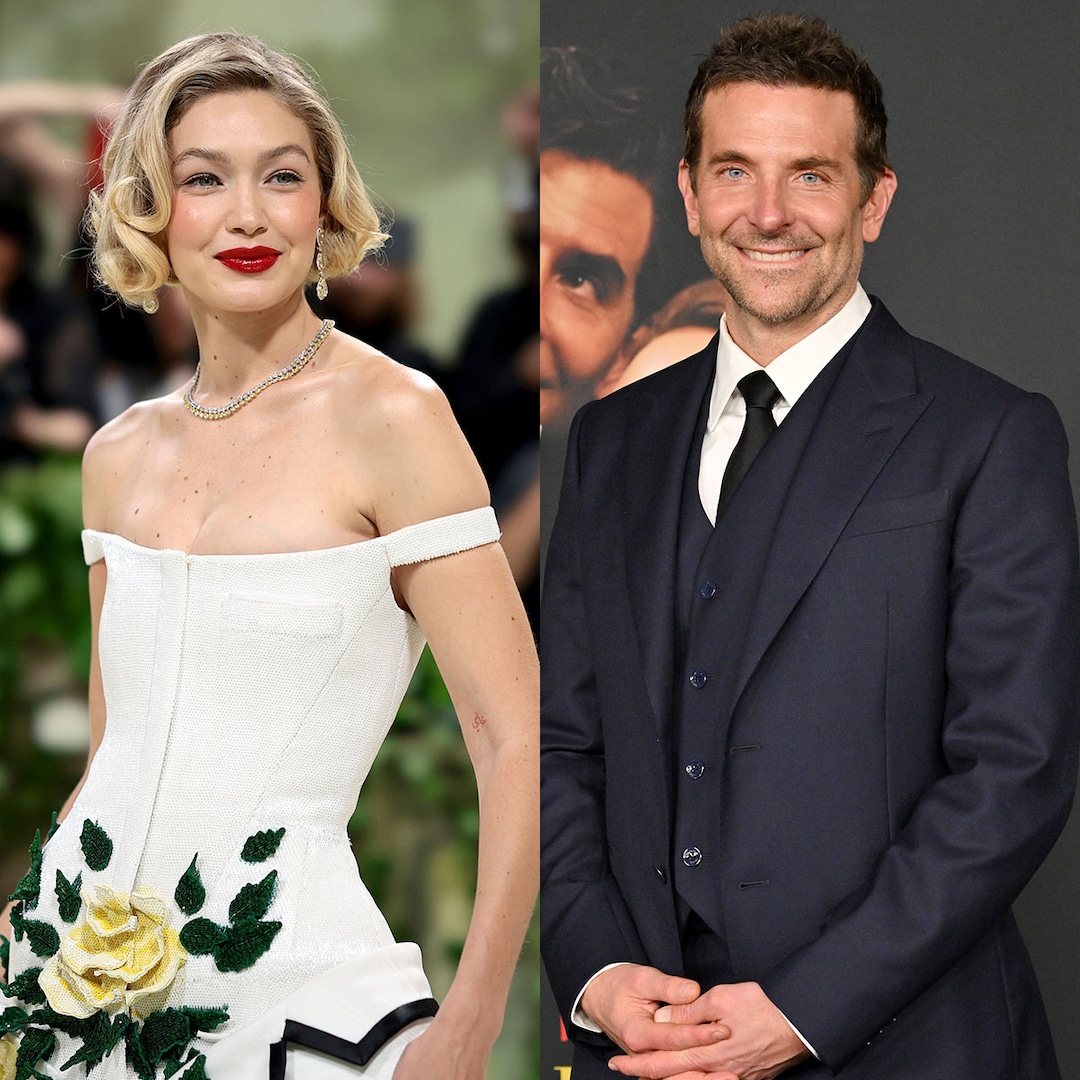
Wes Craven Took an Ingmar Bergman Movie and Created a New Horror Subgenre
Sep 23, 2023
The Big Picture
Wes Craven’s The Last House On the Left was ahead of its time, exploring gritty themes and drawing inspiration from serious films like The Virgin Spring to legitimize the horror genre. Both The Last House On the Left and The Virgin Spring follow a similar plot, serving as blueprints for the rape-revenge subgenre, but Craven subverts and satirizes the original film. Craven, influenced by academic interests and international cinema, sought to make horror more than just blood and guts, pushing the boundaries of the genre and commenting on social issues.
Wes Craven’s 1972 debut The Last House On the Left has garnered quite a reputation for its brutal take on the horror genre and for ushering in the rape-revenge subgenre. However, what is still not frequently talked about is how it used Ingmar Bergman’s 1960 classic The Virgin Spring as its foundation. The films are so similar in plot that The Last House On the Left has been referred to as a remake of The Virgin Spring. Two filmmakers could not be more diametrically opposed in style than Craven and Bergman. Yet, Craven initially got into filmmaking having been inspired by the arthouse and international renaissance which was happening in the mid-60s with European exports such as Fellini, Antonioni, the French New Wave, and of course, Ingmar Bergman. While Craven never spoke on the two films’ connection himself, according to Criterion, The Virgin Spring was especially influential on the young Craven.
The Last House On the Left helped to start a trend that saw horror go in a much grittier, more realistic direction. In addition to Last House, the early ’70s saw movies like The Texas Chain Saw Massacre and Black Christmas which were much more concerned with exploring the shifting social norms and the real-life horror of serial killings and cults, both of which unfortunately were becoming more and more prevalent. Considering that it came out before both Texas Chain Saw and Halloween, two films that would go on to redefine horror in the coming decades, The Last House On the Left was way ahead of its time in both its themes and its tone, especially in the way that it drew inspiration from more serious films like The Virgin Spring in an attempt to legitimize the genre. While it is undoubtedly an exploitation film in the truest sense, Craven set out to break down boundaries between high and low art, between prestige and genre cinema, by putting his own spin on a film by one of the most well-renowned filmmakers with a sleazy, exploitative twist.
‘The Last House on the Left’ and ‘The Virgin Spring’ Follow a Similar Plot
Image Via Janus Films
Both films follow a fairly basic plot that has served as a blueprint for the rape-revenge subgenre for the past 50 years. In the case of The Virgin Spring, the film is set in medieval Sweden and revolves around the assault of a young maiden, Karin (played effervescently by the wide-eyed Birgitta Pettersson), whose family attempts to avenge her by trapping and killing her abusers. The Virgin Spring was made during what is arguably one of the peaks of Bergman’s career and features performances by many of his regulars, including the late great Max von Sydow, who plays Karin’s father Töre, and Gunnel Lindblom, who plays Karin’s jealous, adopted sister Ingeri.
RELATED:
Wes Craven Takes a Fresh Look at Zombies in This Forgotten Horror
The Last House On the Left is set in contemporary America and follows hippie teenager Mari (Sandra Peabody) as she joins her friend, Phyllis (Lucy Grantham), on an inner city excursion to see a concert and score some pot. Last House reacts to many of the plot points and stylistics of The Virgin Spring by willfully subverting them, such as following Mari, who is a much more experienced teenager compared to the naive Karin. The Virgin Spring also highly emphasizes Karin’s “purity” and her virginity in order to seemingly emphasize the tragedy that befalls her. In stark contrast, the first scene in Last House sees Mari being chided by her parents for the “immodesty” of her dress and for indulging in such violent music.
The Last House on the Left clearly attempts to be a counter-cultural movie, both satirizing and embracing the shift in the social mores of the time. Tonally, the film is a strange combination of exploitation and dark comedy which many saw as too heinous, and as a result, the movie was largely derided for its extreme violence and tasteless approach to its subject manner. It took what was originally a somber, existential story about cruelty and man’s capability for evil in The Virgin Spring and gave us a trashy, immoral version that’s almost daring the audience to watch it, not completely unlike Cannibal Holocaust which would come out almost a decade later.
Wes Craven Was a Different Kind of Horror Filmmaker
Image Via Hallmark Releasing
As a young aspiring filmmaker, Craven did not seek to be the titan of horror that he would become. Having grown up in a strict Baptist household, he wasn’t exposed to pop culture the way that many of his contemporaries were. He wasn’t Spielberg or Scorsese who from an early age were transformed and transfixed by the silver screen. He came to film and filmmaking in his adult life as an academic, discovering Bergman, Luis Buñuel, Hitchcock, and many other influential figures of international cinema. From the get-go, Craven was destined to become a post-modern filmmaker, commenting on the form and tropes of the medium due to his literary background. His films are often in dialogue with themselves and with the films that inspire them. By using a classic by a great and renowned filmmaker such as Bergman as a jumping-off point in the style that he did, Craven is directly commenting on the perfunctory barrier that exists between “high” and “low” films. His films since have been known for their satirical nature and dark sense of humor and often commented on both social issues and the greater trends in the horror genre, the most obvious example of the latter is the Scream franchise.
Craven Was Always Interested in Making Horror More Than Just Blood and Guts
Image American International Pictures
Even A Nightmare On Elm Street, a franchise that would go on to produce a number of forgettable-to-awful sequels, had its origins in Craven’s academic interest in psychology, specifically the unconscious mind and the nature of fear. Wes Craven was the epitome of a highbrow creative who chose to swim in the pool of traditionally lowbrow art decades before the genre would gain the respect that it has today with the rise of A24 and other distributors of so-called “elevated horror”.
Wes Craven was an unlikely and reluctant torch-bearer for the horror genre considering both his background as an English professor and his cinematic influences. However, he went on to be one of the most important figures in horror by embracing his seemingly disparate inspirations. While on the surface he couldn’t be more different from Ingmar Bergman, both pushed the medium of film to places that were unprecedented in their time. The Virgin Spring, while not ranked among the prolific director’s most important works, has inspired one of the most controversial subgenres in horror. Similarly, The Last House On the Left has gone on to receive the respect that it deserved from the very beginning, even inspiring the name of one of the most popular podcasts covering all things horror and macabre both in fiction and in the real world. Both films deserve their reputations as significant entries in their respective directors’ filmographies, and will likely continue to inspire countless cinephiles and filmmakers.
Publisher: Source link
Laverne Cox Reacts To Donald Trump’s Election Win
Laverne Cox discussed why she's considering leaving the US following Donald Trump's win in the 2024 election. In a new interview with Variety, Laverne said that she and several friends were considering a move: "We’re doing research on different cities…
Nov 14, 2024
Alexandra Daddario Reveals Postpartum Body 6 Days After Giving Birth
Alexandra Daddario Shares Candid Photo of Her Postpartum Body 6 Days After Giving BirthAlexandra Daddario is embracing new motherhood. Days after welcoming her first baby with husband Andrew Form, the White Lotus alum shared a photo of her postpartum body…
Nov 14, 2024
Fans Are Reacting To Rihanna's Recent Comments About Shifting From Her Music Career, And They're Worried To Say The Least
"She tryna tell yall that she not releasing any music baby," one user wrote.View Entire Post › Disclaimer: This story is auto-aggregated by a computer program and has not been created or edited by filmibee.Publisher: Source link
Nov 13, 2024
Gigi Hadid & Bradley Cooper Twin During Limitlessly Chic NYC Date
A twinning moment is born. Gigi Hadid and Bradley Cooper—who have been quietly linked since October 2023—proved their romance is as strong as ever as they stepped out in coordinating looks for a stroll in New York City on Nov.…
Nov 13, 2024











